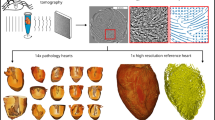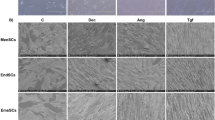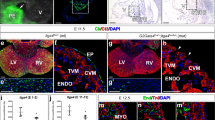Abstract
ABSTRACT: Trichloroethylene (TCE) and dichloroethylene (DCE) are related halogenated aliphatic hydrocarbon industrial solvents that are frequently found as drinking water contaminants. TCE has been implicated as a cardiac teratogen in an epidemiologic study and in a chick model. The purpose of this study was to determine whether DCE was also a cardiac teratogen in the chick embryo. Fertilized White Leghorn chick eggs (n = 418) were inoculated just above the embryo with 30 μL of a test solution on d 3 of incubation. Two control groups were studied: normal saline (n = 96) and the diluent for the DCE, miners' oil (n = 108). DCE was studied at three doses: 5, 20, and 25 μM (n = 76, 62, and 76, respectively). Eggs were coded with a seven-digit number to mask identity. Chicks were terminated on d 18 of incubation, and, after external inspection, hearts and great vessels were dissected macroscopically according to a detailed protocol. Abnormal hearts were reviewed and the diagnosis was agreed upon by three investigators before decoding the seven-digit number and photographing the abnormality. Some embryo death and subsequent tissue autolysis occurred in all groups, but, compared to controls, it was not significantly greater in the treatment group. However, combining all controls and all experimentals, significantly more (p = 0.02) embryonic death occurred in the experimental group. Noncardiac anomalies occurred in 17 embryos and were highest in the saline (four), 5 μM (four), and 20 μM (seven) DCE groups. Cardiac and great vessel anomalies occurred in 4% of saline controls, 4% of mineral oil controls, 17% of the DCE 5 μ group (p < 0.05), 19% of the DCE 20 μM group (p < 0.05), and 2% of the DCE 25 μM group (p = 0.1). Cardiac anomalies included atrial and ventricular septal defects, malformations of all valves, and great vessel abnormalities. Results suggest that DCE is a more potent cardiac teratogen than a general teratogen in the chick. Results for DCE, including the marked decrease in cardiac teratogenicity between 20 and 25 μM treated groups, are almost identical to results found for TCE, which suggests that the cardiac teratogenic effect may be exerted through a common mechanism, possibly a common or similar metabolite.
Similar content being viewed by others
Article PDF
Author information
Authors and Affiliations
Rights and permissions
About this article
Cite this article
Goldberg, S., Dawson, B., Johnson, P. et al. Cardiac Teratogenicity of Dichloroethylene in a Chick Model. Pediatr Res 32, 23–26 (1992). https://doi.org/10.1203/00006450-199207000-00005
Received:
Accepted:
Issue Date:
DOI: https://doi.org/10.1203/00006450-199207000-00005
This article is cited by
-
Maternal residential proximity to chlorinated solvent emissions and birth defects in offspring: a case–control study
Environmental Health (2014)
-
Trichloroethylene Induces Methylation of the Serca2 Promoter in H9c2 Cells and Embryonic Heart
Cardiovascular Toxicology (2011)
-
Effects of trichloroethylene and its metabolite trichloroacetic acid on the expression of vimentin in the rat H9c2 cell line
Cell Biology and Toxicology (2005)



